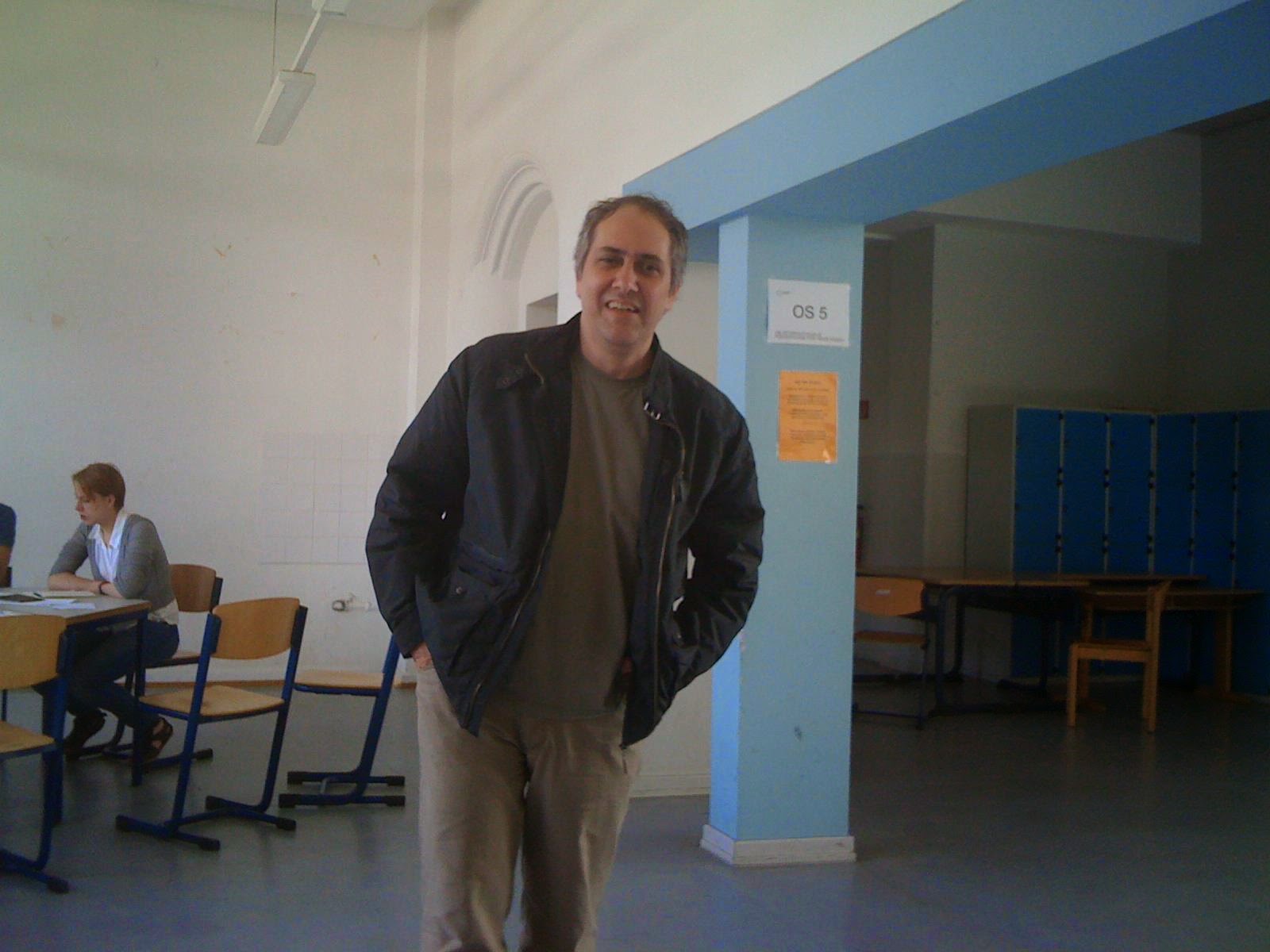Bil Smith's "Delinquent Spirits..."
Can An Asemic Notational Aesthetic Create A Valid Compositional Lexicon?
I look to Ariel González Losada, Gustavo Chab, and Anat Pick for their keen insight. I think of Hans Robert Jauss, being the key figure associated with 'Reception Theory.' Mikhail Bakhtin's 'Dialogic Criticism', and Hervé Le Tellier, member of the international literary group Oulipo as guideposts of thought.

 |
| Gustavo Chab |
 |
| Anat Pick |
My idea is to create a new system of notation embedded with apparent contradictions, but is itself based on the recognition that contradiction is the fundamental starting point of all musical departure, indeed all thought.
The real kernel of ideation in this abstruse speculation is about the process involved in getting from nowhere to nothing.
From the brilliant mind of Gustavo Chab...
Gustavo Chab "Asemic writing is a wordless open semantic form of writing. The word asemic means "having no specific semantic content". With the non-specificity of asemic writing there comes a vacuum of meaning which is left for the reader to fill in and interpret. All of this is similar to the way one would deduce meaning from an abstract work of art. The open nature of asemic works allows for meaning to occur trans-linguistically; an asemic text may be "read" in a similar fashion regardless of the reader's natural language. Multiple meanings for the same symbolism are another possibility for an asemic work.
Some asemic writing includes pictograms or ideograms, the meanings of which are sometimes, but not always, suggested by their shapes. Asemic writing, at times, exists as a conception or shadow of conventional writing practices. Reflecting writing, but not completely existing as a traditional writing system, asemic writing seeks to make the reader hover in a state between reading and looking.
Asemic writing has no verbal sense, though it may have clear textual sense. Through its formatting and structure, asemic writing may suggest a type of document and, thereby, suggest a meaning. The form of art is still writing, often calligraphic in form, and either depends on a reader's sense and knowledge of writing systems for it to make sense, or can be understood through aesthetic intuition.
Asemic writing can also be seen as a relative perception, whereby unknown languages and forgotten scripts provide templates and platforms for new modes of expression. It has been suggested that asemic writing exists in two ways: "true" asemic writing and "relative" asemic writing.
True asemic writing occurs when the creator of the asemic piece cannot read their own asemic writing. Relative asemic writing is a natural writing system that can be read by some people but not by everyone (e.g. ciphers). Between these two axioms is where asemic writing exists and plays
The Asemic Continuum
Influences on asemic writing are illegible, invented, or primal scripts (cave paintings, doodles, children's drawings, etc.). But instead of being thought of as mimicry of preliterate expression, asemic writing may be considered to be a post-literate style of writing that uses all forms of creativity for inspiration. Other influences on asemic writing are xeno-linguistics, artistic languages, sigils (magic), undeciphered scripts, and graffiti.
Asemic writing occurs in avant-garde literature and art with strong roots in the earliest forms of writing. A modern example of asemic writing is Luigi Serafini's Codex Seraphinianus. Serafini described the script of the Codex as asemic in a talk at the Oxford University Society of Bibliophiles held on May 8, 2009."








